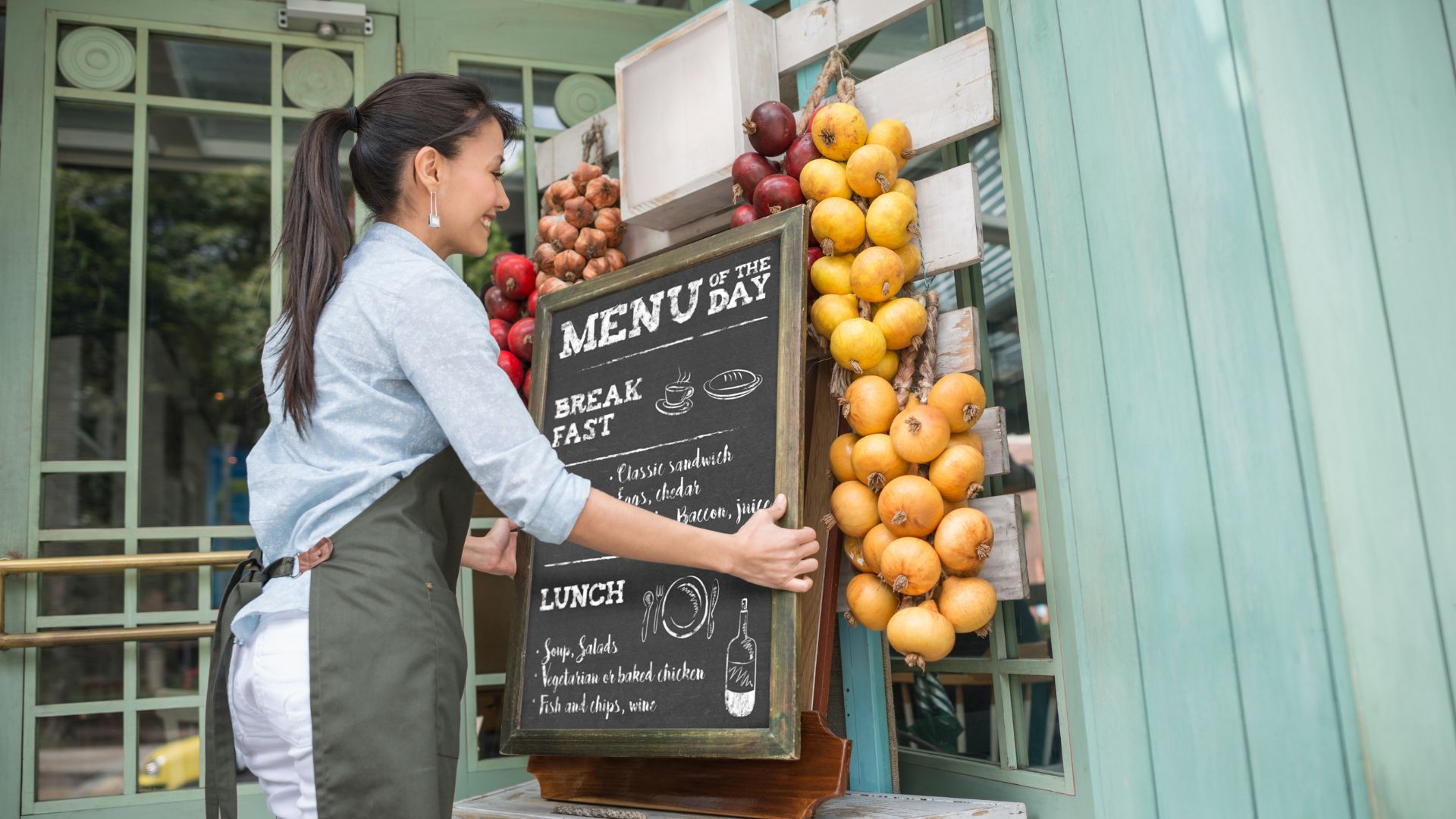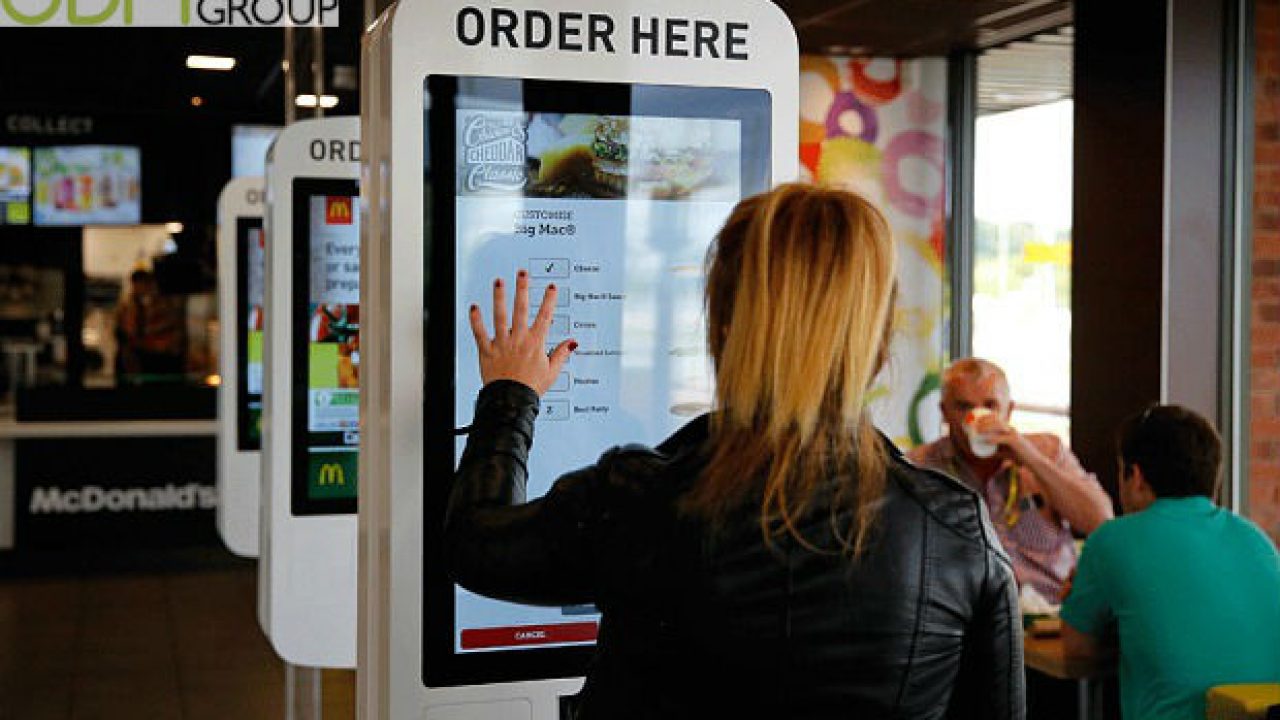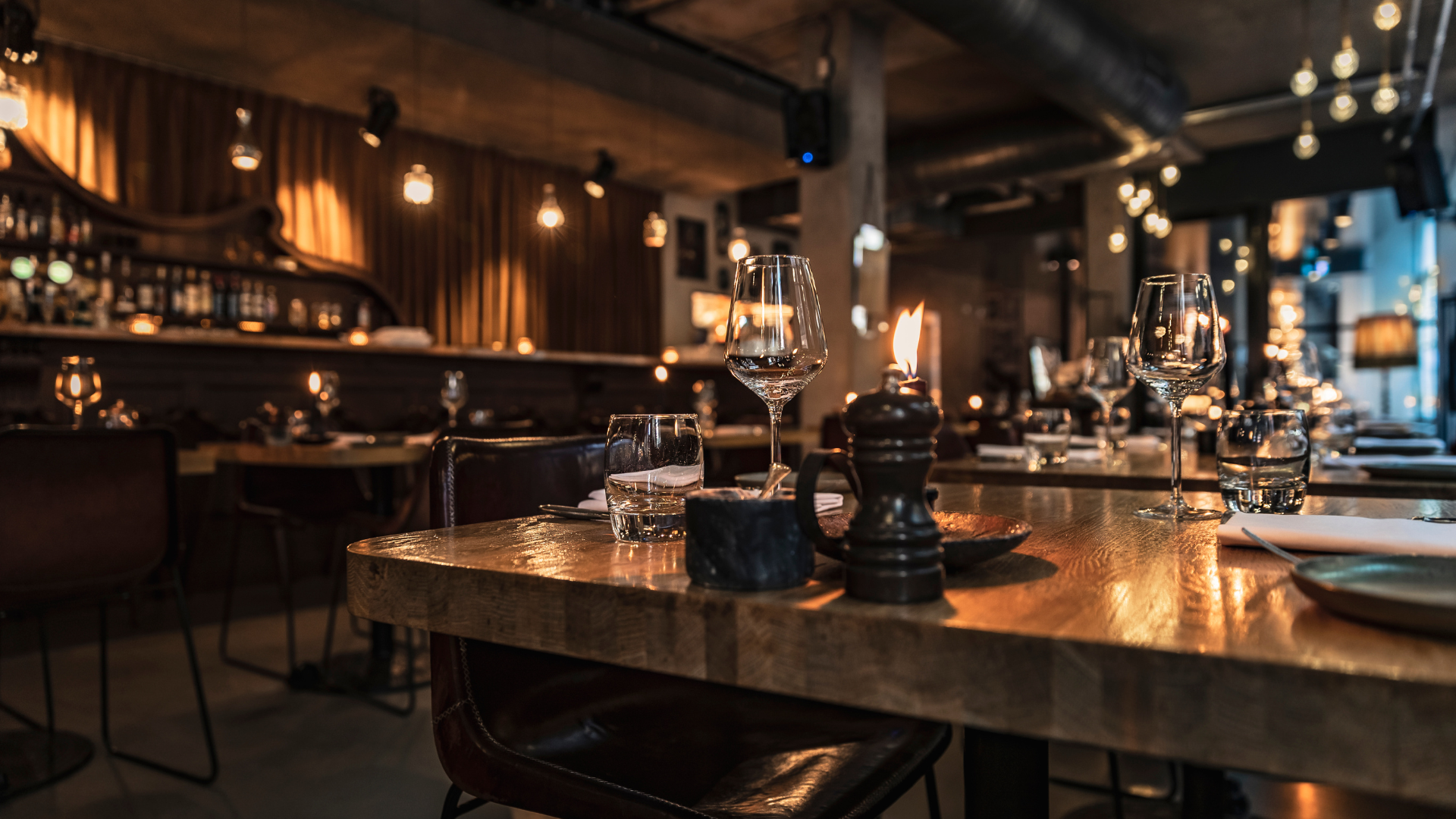In the demanding landscape of the restaurant industry, the struggle against food inflation is a daunting reality that restaurant owners and managers in the UK can ill afford to ignore.
An unwelcome concoction of factors – including the repercussions of Brexit, ongoing fallout from the COVID-19 pandemic, and global supply chain disruptions – has intensified the strain on an already beleaguered industry.
With food prices on an uphill trajectory, the profitability and, in some instances, the actual survival, of many establishments hang in the balance.
While this reality is challenging, it’s not insurmountable. The key to weathering this storm lies in strategic planning, a proactive approach, and embracing innovative solutions. There are steps restaurant owners and operators can take to make strategic moves that will help mitigate the mounting pressures.
And in this digital age, technology also offers a lifeline. The right point-of-sale (POS) system, such as Grafterr POS, can bring significant savings and improve operational efficiencies.
Understanding food inflation: A deep dive into the root causes
Inflation is nothing new, as periods of rising prices for goods and services are an inevitability. But the speed and magnitude of current food inflation is something business owners have not seen in a long time.
These culprits hurt the bottom line and present a significant hurdle to operational efficiency. Uncontrolled rising prices can squeeze margins, necessitate frequent menu price revisions, and strain relationships with customers, potentially harming your restaurant’s reputation and future growth.
Let’s delve into the specific factors that have stirred the pot of food inflation in the UK.
Issue 1: The aftermath of Brexit
Brexit has had far-reaching implications for the UK’s food industry. Exiting the European Union meant the UK left the Common Agricultural Policy (CAP), leading to higher food production costs and steeper prices for consumers and businesses alike.
The loss of free movement has also caused labour shortages, notably in agriculture and food production sectors, pushing wages and therefore costs upward. With nearly 30% of the food manufacturing force coming from other countries, new guidance on work permits is creating headaches for everyone involved.
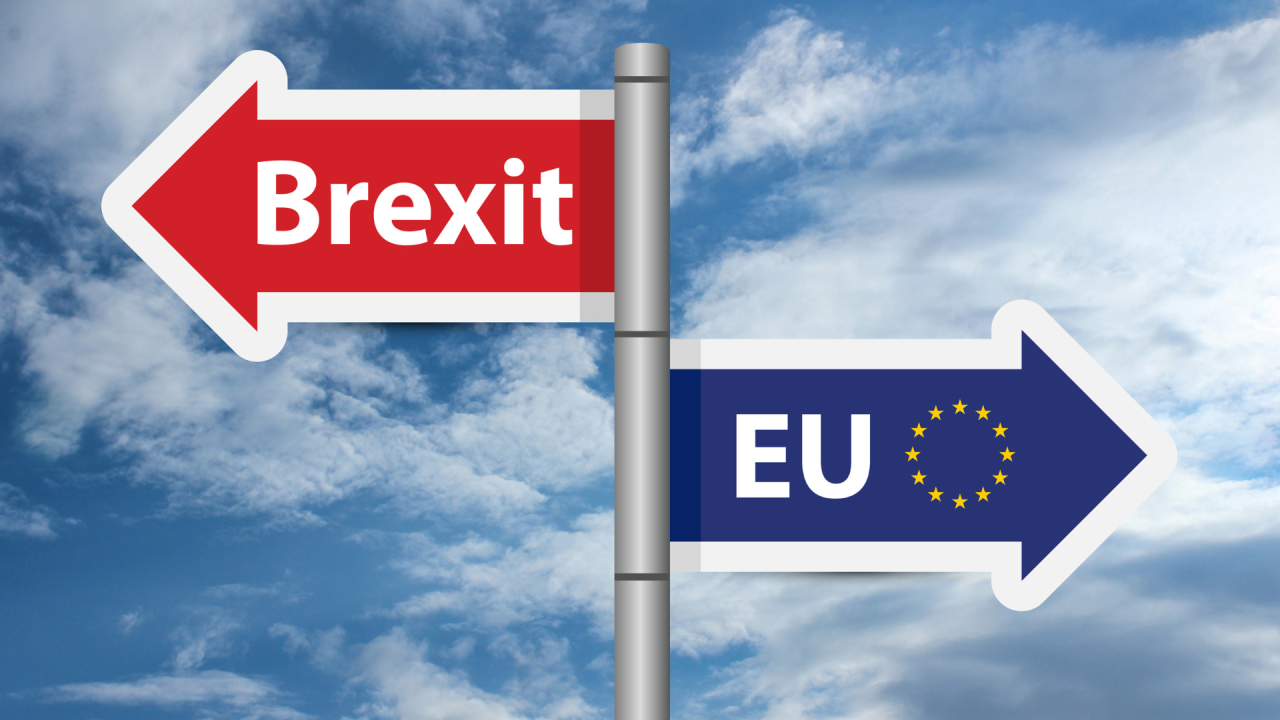
Similarly, new trade barriers and additional customs checks have complicated imports and exports, disrupting the supply chain and further adding to the inflationary pressure. As early as 2017, the Financial Times began reporting half of European businesses moving to substitute UK suppliers with EU counterparts. That shift has only intensified since.
Issue 2: The COVID-19 pandemic
The COVID-19 pandemic has brought unprecedented challenges to every sector, and the food industry is no exception. Early panic buying led to increased demand, pushing food prices up. Simultaneously, lockdown measures and social distancing requirements reduced productivity in the food supply chain, contributing to higher costs.
In the longer term, the pandemic has triggered a shift in consumer behaviour, with more people choosing to eat at home rather than dine out, putting further financial strain on restaurants.

Issue 3: Global supply chain disruptions
Globally, natural disasters, geopolitical tensions, and trade disputes have been tested and strained supply chains. Such disruptions have driven up the costs of raw materials and transportation, leading to increased food prices.
Even geopolitical tensions, such as the Russian/Ukraine conflict, have caused food markets to shudder as sanctions and embargoes have cut off supplies of essential ingredients like wheat from hitting markets.
With these challenges in mind, restaurants must find innovative ways to sustain their operations. But with the right strategies, they can still turn a profit and thrive in this changing landscape.
10 Strategies for thriving in the new normal
Armed with an understanding of the factors contributing to food inflation, it’s time to explore actionable strategies to help your restaurant survive and potentially thrive amidst these challenges.
1. Cost optimisation
In an environment of rising costs, finding ways to trim expenses without compromising on quality is crucial. After all, at the end of the day, restaurant profits are reliant on costs and pricing.
One helpful approach is to examine your supplier contracts and renegotiate terms where necessary. By consolidating suppliers and negotiating better deals with larger orders, you can potentially lower costs without compromising quality.
Similarly, looking into alternative ingredients that cost less but still meet your standards can help to cut down on ingredient costs.

2. Effective sourcing strategies
Alternative sourcing strategies, such as local sourcing and bulk buying, can bring about significant cost savings.
Local sourcing reduces transportation costs and supports local businesses, which can be a selling point for many consumers. Bulk buying, on the other hand, can help negotiate better prices for larger quantities – and may even qualify for discounts.
Careful planning is also important when sourcing ingredients, as bulk buying in anticipation of a peak season can lead to excess inventory and wastage.
3. Menu management
Adopt a flexible approach to your menu. Consider focusing on seasonal ingredients, which are often cheaper and fresher.
Reducing the number of items on your menu can also help cut costs and minimise waste. Remember, a well-crafted, smaller menu often trumps an extensive, pricey one.
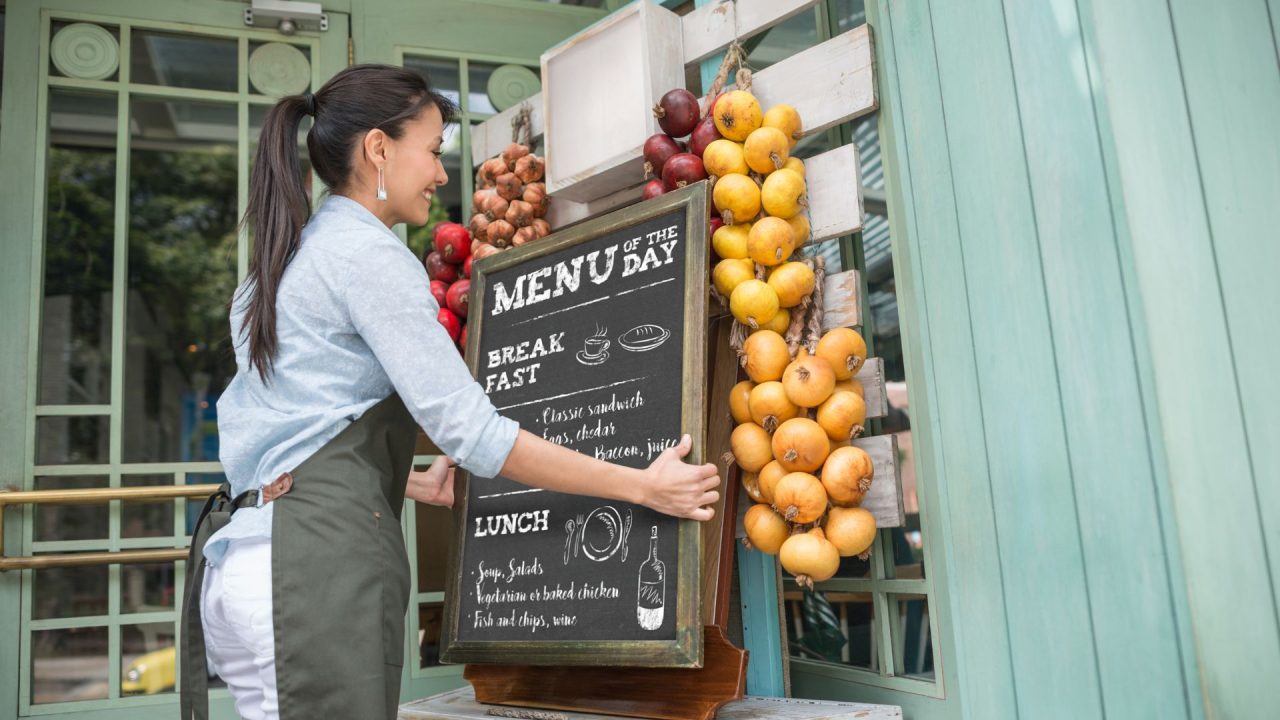
4. Pricing adjustments
Pricing adjustments are often necessary to offset increased costs. However, it’s a delicate balance to ensure customers don’t feel overcharged.
Consider implementing minor price increases spread over time or introducing premium menu items to boost your average transaction value. Pricing strategies utilizing data analysis, such as pricing elasticity, can also help boost profits.
5. Reducing waste
Minimising waste is a powerful and often overlooked strategy. Implementing inventory management systems, preparing food to order, and repurposing ingredients can significantly reduce food waste, and in turn, lower costs. Or consider revamping your menu to ensure all ingredients are used strategically to reduce wasteful use.
6. Supply chain management
Amid disruptions, maintaining a resilient supply chain is key.
Diversifying your suppliers, maintaining open lines of communication, and adopting a proactive approach to potential issues can help mitigate risks and ensure a steady supply of essential ingredients.
But when that’s not enough, take a look at alternative ingredients and explore subscription-based services for ordering supplies.
7. Portion control
Do you find some items on the menu are consistently left uneaten or thrown away? Consider adjusting portion sizes to reflect customer demand.
Investing in individualized packaging and containers can also help reduce waste by encouraging customers to take home what they can’t finish without creating excess packaging. Just be careful not to replace a saving with yet another expense.
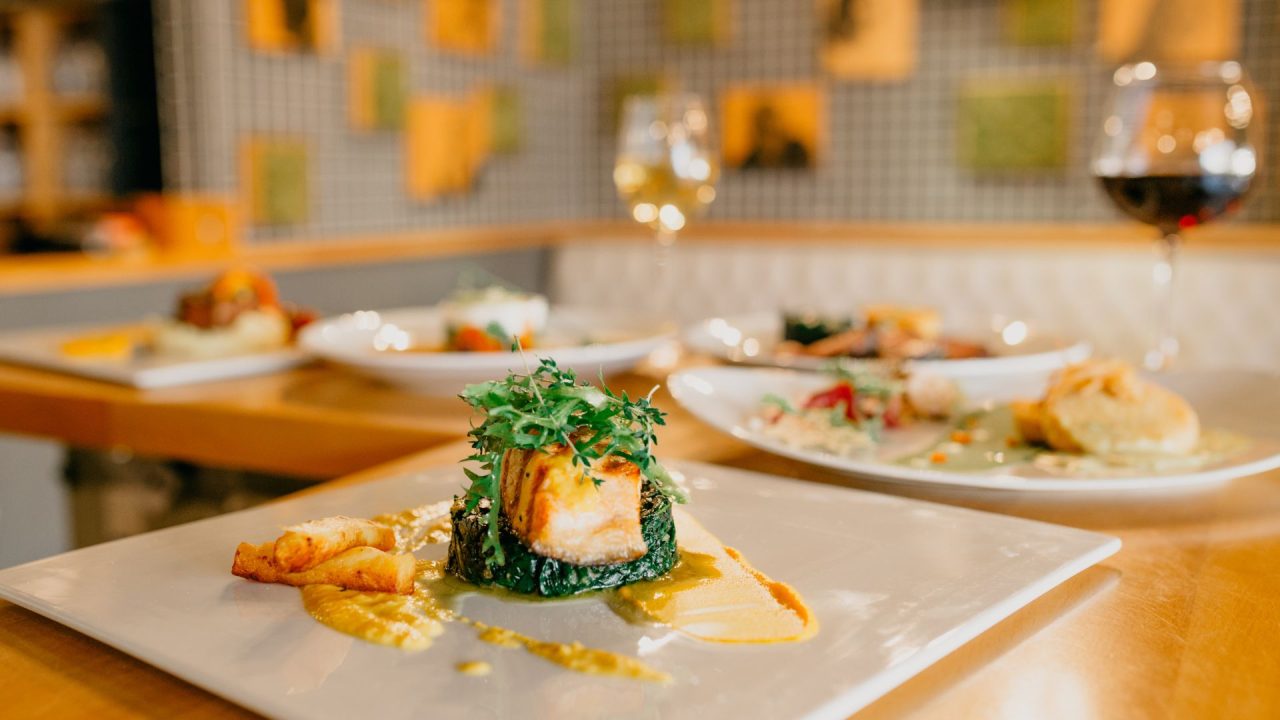
8. Choosing the best technology vendors
Technology can be a game-changer. A cost-effective POS system, like Grafterr POS, can streamline operations, provide valuable insights into sales trends, and improve customer service – all crucial components in managing inflation.
Remember, it’s not about finding the cheapest vendor but the one offering the most value for your investment. Vendors should have a history of providing stable and reliable services and the ability to customize and scale their solutions to fit your specific needs.
9. Diversification
Diversification can come in many forms – expanding your menu to include more profitable items, offering catering services, or hosting events. Each new revenue stream helps cushion your business against the effects of food inflation.
When you diversify your income, you also reduce the risk of relying too heavily on one service or product. For instance, if you financially depend on one popular item and its price suddenly increases, you could suffer a significant drop in revenue.
By diversifying your offerings, you are spreading out the risk of economic downturns so you can better prepare for them.
10. Financial planning
Sometimes the best thing you can do is go back to basics and review your financials. Re-evaluate your current expenses, budget, and forecasts to find areas where you can improve cash flow or cut costs.
If you are not already doing so, create a monthly budget that includes expected income and expenses. This is another way technology can help, as many budgeting and forecasting software applications can streamline the process.
Embrace change and seize opportunities with Grafterr
As we all navigate the challenging landscape of food inflation, the importance of adaptability, innovation, and strategic planning for restaurant owners and operators in the UK is unparalleled.
While the strategies outlined provide a robust roadmap, we at Grafterr believe a comprehensive solution that simplifies and streamlines your operations can truly set your business apart.
As a UK-based company, we understand the unique challenges facing the local restaurant industry. That’s why we’ve created Grafterr Electronic Point of Sales (EPOS), a system designed to power sales and offer restaurateurs like you total control over all operational areas from a single screen.
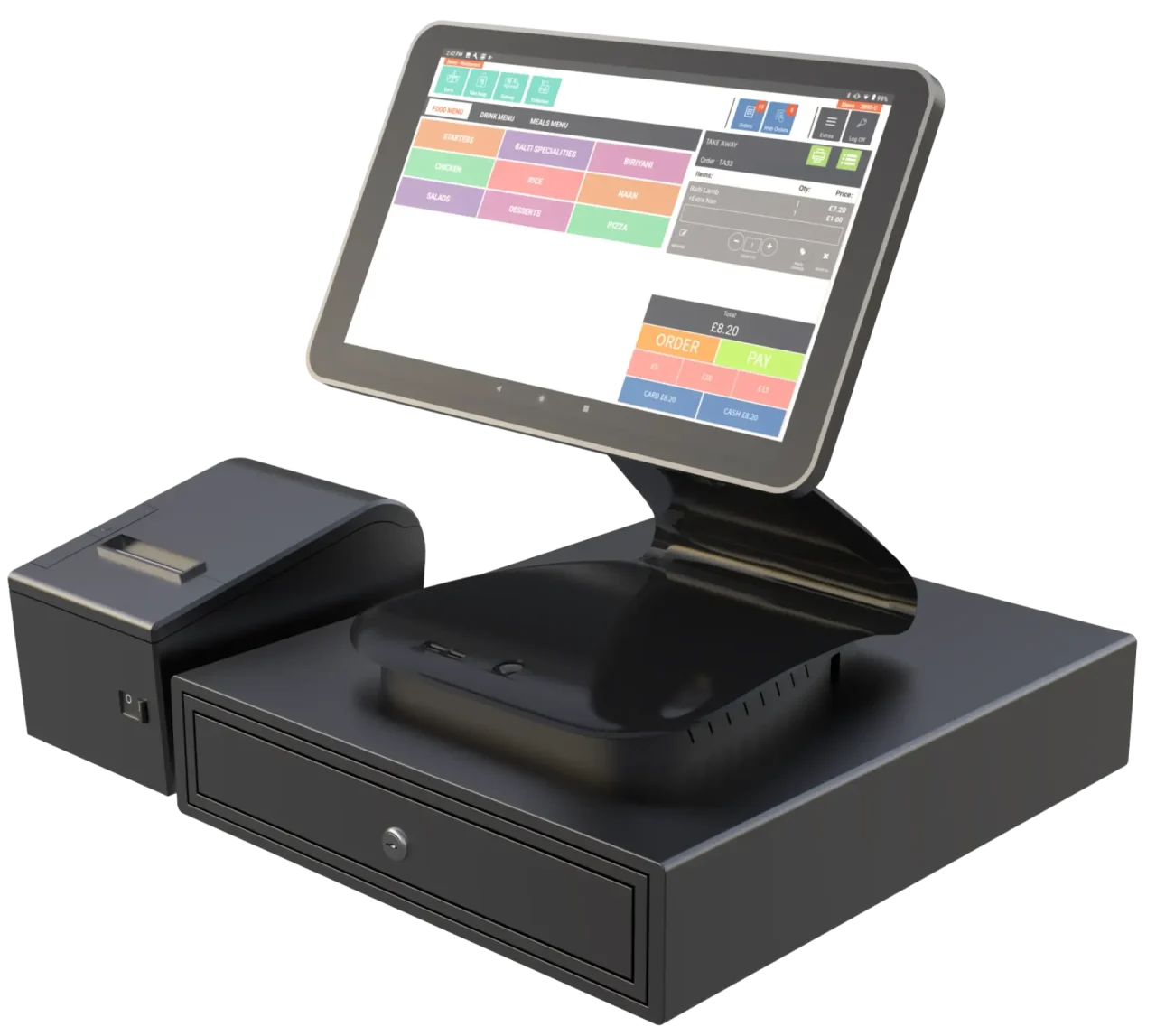
We aim to simplify restaurant management and boost your operational efficiency by doing away with the need for multiple systems.
But we didn’t stop there. We’ve enriched the Grafterr experience by offering web-based ordering, mobile app-based ordering, and QR Code ordering – features that have moved from luxuries to necessities in the current environment.
These features increase the accessibility of your restaurant services, broadening your customer reach. And the speed of our modern ordering systems enhances the ordering process and improves your table turnover rates.
Best of all, the Grafterr GO app allows you to accept payments through a card reader or payment links, perfect for reaching non-hospitality customers while keeping your operations smooth and efficient.
Take your next step toward streamlining your restaurant operations
As we move forward, our mission is to help you not just survive these turbulent times but to capitalise on the opportunities they present. In the face of food inflation and other challenges, now is the time to evolve, innovate, and come out stronger. By choosing Grafterr, you take the helm, driving your efficiency, and steering your restaurant confidently into the future.
We invite you to discover how Grafterr can revolutionise your restaurant operations. Learn more here – and take your next step toward a streamlined, efficient restaurant.
Supercharge your business growth:
Join our community for exclusive content and stay ahead of the curve
